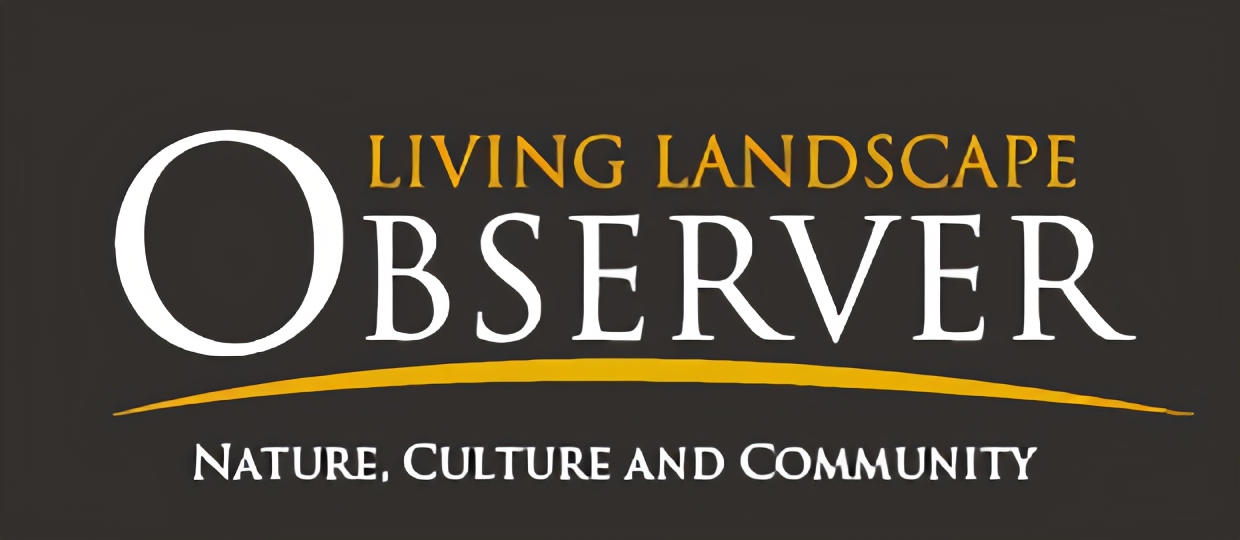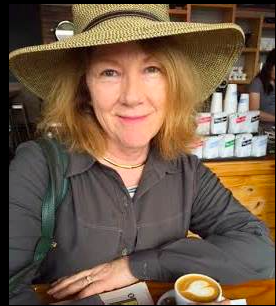To provide observations and information on the emerging fields of landscape scale conservation, heritage preservation, and sustainable community development.
Newsletter
Stay up-to-date with the latest nature, culture and community news.
We won’t spam you or share your information. Newsletters are sent approximately 10 times a year. Unsubscribe at any time.
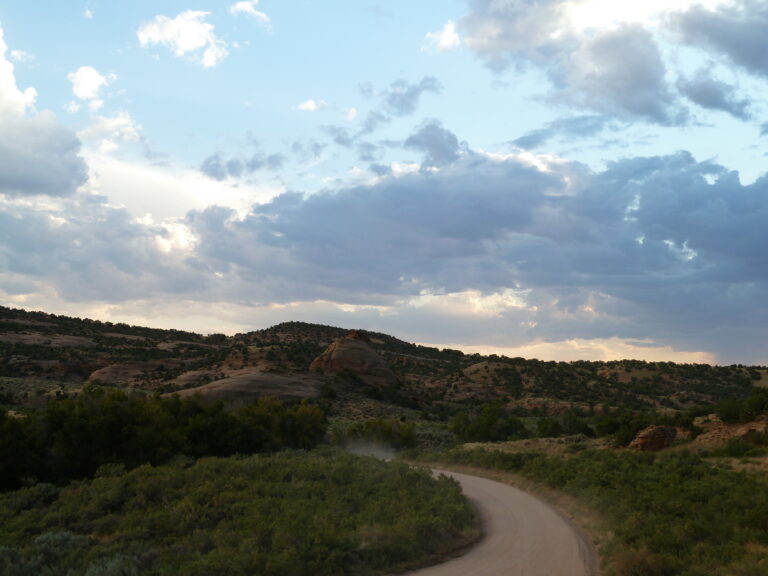
2021 – What You Were Reading
This year, our most popular stories were a mix of old and new. Readers gained inspiration from posts that reflected on the past, while also reading stories calling for action in the present and future.
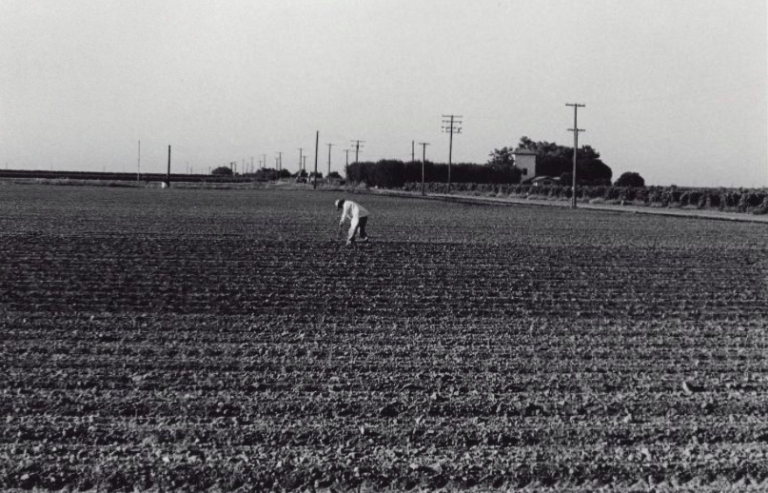
Telling the Story of Landscapes Through Labor History
History and heritage are central to the work of large landscape conservation. Yet, a large part of this “work” often goes unexplored – the story of work itself. Understanding how people shaped a place through their labor and how that place, in turn, shaped culture and community, is key to telling the story of a landscape.
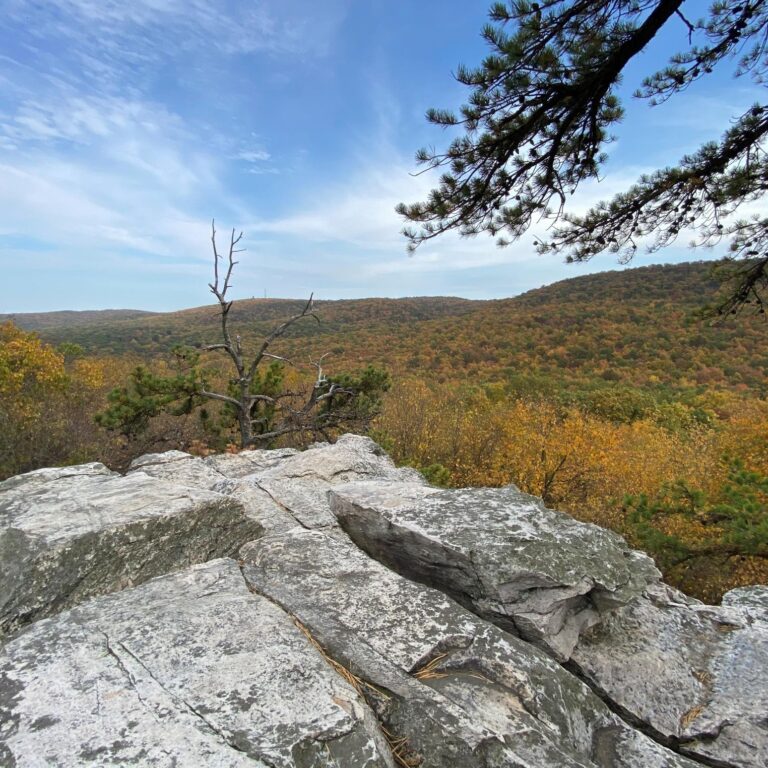
The Opportunity of a Lifetime for Landscape Scale Conservation
This is an exceptional time when ambitions for landscape scale conservation have come together with increased federal funding and supportive national policies. However, it is not time to take a victory lap. Now is the time to rise to the challenge of matching money, projects and partners to take advantage of these exceptional opportunities. The time has come to put into action at scale all the strategies developed by the collaborative conservation approach.

FY 2022 Federal Budget Notes
Passage of the Fiscal Year 2022 budget is stalled in Congress. What are some items we are watching as the process unfolds this fall and what thoughts do you have on the administration’s proposals?

Looking Back on Landscape Scale Conservation
The origin story of the landscape scale conservation movement has yet to be told. However, in the United States, there has been a long tradition of managing fish and wildlife habitat with the understanding that species preservation required the conservation of wider ecosystems. Today the movement has received reinforcement from the nonprofit sector organizations such as the Network for Landscape Conservation.

2021 – What You Were Reading
This year, our most popular stories were a mix of old and new. Readers gained inspiration from posts that reflected on the past, while also reading stories calling for action in the present and future.

Telling the Story of Landscapes Through Labor History
History and heritage are central to the work of large landscape conservation. Yet, a large part of this “work” often goes unexplored – the story of work itself. Understanding how people shaped a place through their labor and how that place, in turn, shaped culture and community, is key to telling the story of a landscape.

The Opportunity of a Lifetime for Landscape Scale Conservation
This is an exceptional time when ambitions for landscape scale conservation have come together with increased federal funding and supportive national policies. However, it is not time to take a victory lap. Now is the time to rise to the challenge of matching money, projects and partners to take advantage of these exceptional opportunities. The time has come to put into action at scale all the strategies developed by the collaborative conservation approach.

FY 2022 Federal Budget Notes
Passage of the Fiscal Year 2022 budget is stalled in Congress. What are some items we are watching as the process unfolds this fall and what thoughts do you have on the administration’s proposals?

Looking Back on Landscape Scale Conservation
The origin story of the landscape scale conservation movement has yet to be told. However, in the United States, there has been a long tradition of managing fish and wildlife habitat with the understanding that species preservation required the conservation of wider ecosystems. Today the movement has received reinforcement from the nonprofit sector organizations such as the Network for Landscape Conservation.
